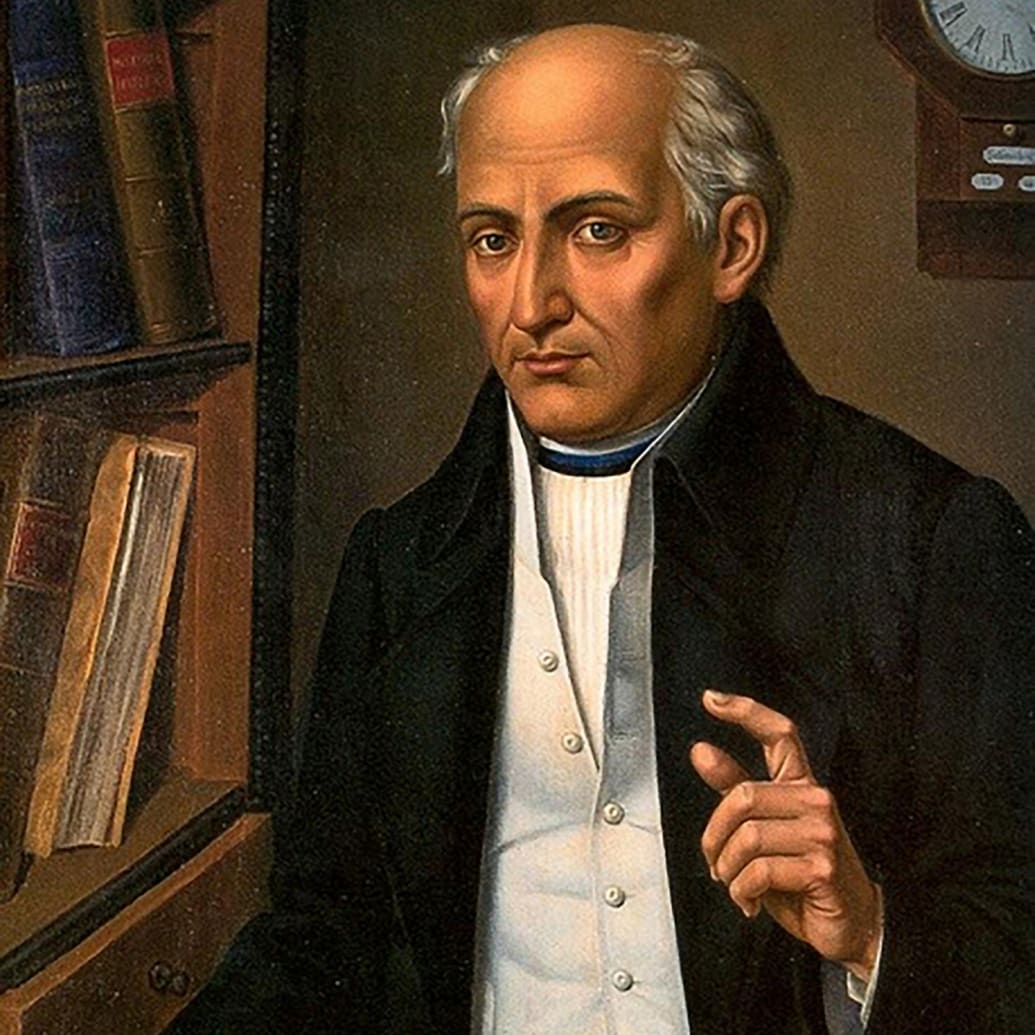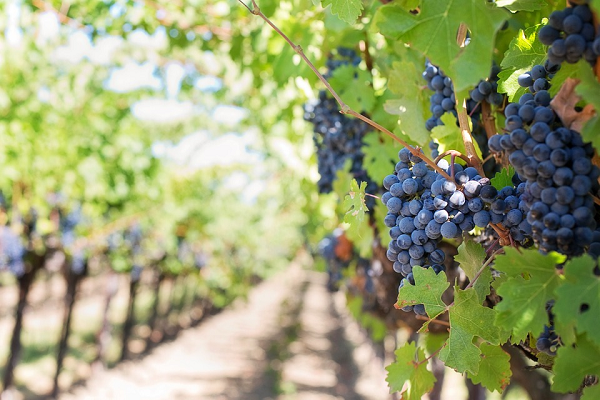César Fernando Aguayo Juárez, the town historian of Dolores Hidalgo, Mexico, tells a story from the heady final days of his country’s colonial period that has the preternatural weight of history about to be repeated.
At a meeting of insurrectionary plotters, Miguel Hidalgo, a future founding father, then the parish priest of the rural outpost known at the time as just Dolores, served wine made from his own crop of grapes.
Raising her glass to accept a third pour, Josefa Ortiz de Domínguez, a chief co-conspirator, was chastised by her husband: “Come on, woman, don’t drink anymore. You already have the character of gunpowder.”
“Oh let me be,” she replied. “These wines that Father Hidalgo makes in Dolores are just as good as the French ones.”
More than 200 years later, the testimony to the quality of the wine made in the region is beginning to echo, as a resurgence of viniculture led by a new mold-breaking crew gains acclaim and attention.
With a signature freshness, wines from the state of Guanajuato have gone toe to toe with their European counterparts in international competition. Industry insiders, like Wine Enthusiast magazine, have celebrated the “revolution” afoot there.
Aguayo Juárez calls it a “a retrospective reclaiming of history and the detonation of a new industry.”

Set in the country’s central highlands a few hours’ drive from Mexico City, the area’s exceptional altitude averaging 6,500 feet above sea level ensures a unique growing climate.
Strong evening suns are tough on the grapes, driving up the concentration of sugar for fermentation. A rainy summer season balances their maturation.
“They’re wines with a brutality and a unique aroma,” said Erika Diaz, a sommelier who coordinates a regional festival and guides tours through her Club de Vino. “When you open a bottle of wine from Guanajuato, you know it’s from Guanajuato because it’s a wine with its own personality.”
CLICK HERE TO READ THE FULL ARTICLE ON THE DAILY BEAST
San Miguel Times
Newsroom

